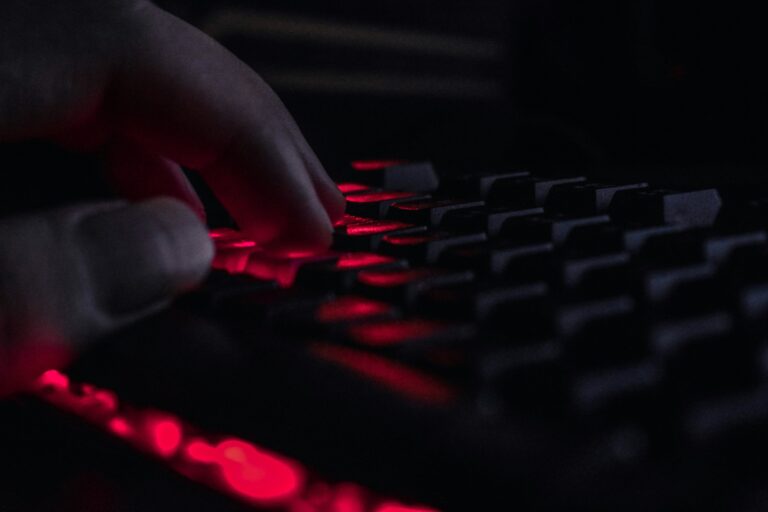
For years, passwords have been the Achilles’ heel of digital security, not just because they were ubiquitous, but because they were too often weak, predictable, and reused across countless accounts. Attackers learned to exploit those shortcomings at scale, turning poor password hygiene into one of the most reliable entry points for fraud. Now, history is repeating itself. Biometric authentication has been widely adopted as the antidote to password risk, but in too many cases, it’s being deployed with the same surface-level adoption that made passwords vulnerable in the first place. A simple one-to-one face match may feel sophisticated, but without additional layers of protection, it offers little resistance to a determined attacker armed with modern tools.
To be clear, the issue here isn’t the concept of biometrics, but rather the “lazy” implementation of them. True biometric security is multilayered, combining checks like presentation attack detection and injection attack defenses to ensure that what’s presented is both real and happening in the moment. Just as important is the way biometric templates are handled behind the scenes. Properly managed, they can’t be lost, stolen, hacked, or reverse-engineered into usable images or voices, are stored separately from other personal identifiers, and are protected so that compromising one system isn’t enough to tie identity data together. Strip these safeguards away, and organizations are left with nothing more than a thin veneer of security that breeds a dangerous false sense of trust. And the stakes are only rising as AI-generated deepfakes, synthetic voices, and fabricated images make it easier than ever for fraudsters to mimic biometric traits convincingly. Just as “lazy passwords” opened the floodgates for credential stuffing and phishing attacks, “lazy biometrics” risk turning one of today’s most effective security tools into tomorrow’s most attractive target.
What “lazy biometrics” really means
Distilled into a simple definition, “lazy biometrics” is the assumption that a simple match to a stored template is all it takes. A face meets the minimum threshold, or a voiceprint resembles the one on file – and access is granted. On the surface, that looks like strong authentication: after all, these are unique human traits, far harder to bypass than a password or PIN. But uniqueness alone isn’t security. Robust biometric systems go further, asking: Is this person real? Is the interaction happening live? Is the data being captured and transferred securely? They layer in protections like presentation and injection attack detection, along with encrypted data channels, to stop replays or manipulated inputs. By contrast, lazy implementations operate on blind trust – and fraudsters only need to exploit that weakest link to get through.
The truth is that biometrics can deliver a far higher standard of protection than passwords ever could, but only when implemented with the right depth.
This is where AI has tilted the balance sharply toward the attacker. Instead of reusing a stolen photo, video, or voice clip, fraudsters can now generate synthetic media that looks and sounds original, even scripting it to respond in real time. That makes some active challenges easier to mimic, but robust presentation attack detection is designed to spot the subtle signs of inauthentic movement, while injection attack detection prevents fake content from ever entering the system. Together, these checks stop photos, videos, masks, and injected media at the point of delivery, regardless of how convincing the AI output appears. What AI really changes is the scale: criminals can now mass-produce synthetic inputs, giving them a wider set of tools to probe for weak spots.
How AI is Raising the Stakes
Blink and you probably missed it. That’s how quickly generative AI embedded itself into every corner of digital life, and criminals have been among the fastest to weaponize it. In the past, fraudsters were limited to reusing stolen audio, video, or photos in crude replay attempts. Today, they can generate synthetic media on demand, making a face move or a voice respond in ways that can fool weaker active checks such as blink rate or head-movements. But the higher-level defenses that stop photos, videos, and other non-live inputs remain effective against both recycled and AI-generated content, because they target the delivery method itself rather than the “realism” of the media.
These tried-and-true techniques remain the foundation, while newer layers like synthetic speech detection are being added to counter AI’s evolving tricks. But lazy biometric implementations that skip these safeguards leave the door wide open. In the hands of organized groups running attacks at scale, generative AI doesn’t just create fake faces or voices, it industrializes the ability to probe systems for weaknesses, making shallow defenses the easiest possible target.
Moving beyond “lazy biometrics”
The truth is that biometrics can deliver a far higher standard of protection than passwords ever could, but only when implemented with the right depth. On the surface, authentication looks like a single check at the front door – a face scan or a voice sample – but in reality, much more is happening behind the scenes. While the template match is being performed, multiple defenses are working in parallel. Presentation attack detection verifies that the input is a live person rather than a photo, video, or mask. Injection attack detection ensures the image or audio is being captured directly by the device rather than inserted through a compromised feed. Additional signals, such as whether the device is recognized, whether the behavior aligns with the user’s patterns, or whether anomalies are present, all contribute to a layered defense that confirms not only that a trait matches, but that it is authentic and live. All of this happens in seconds, invisible to the user, preserving the convenience that made biometrics so appealing in the first place.
Beyond those checks, the way biometric templates themselves are handled is equally critical. Strong systems treat templates with the same rigor as cryptographic keys – encrypted, securely stored, and separated from other identifiers so they cannot be easily connected or misused even in the event of a breach. Combined with risk-based orchestration, where biometrics are validated alongside contextual data, device intelligence, and behavioral cues, this turns biometrics from a static password replacement into a dynamic anchor for trust across the entire interaction. Organizations that embrace this model will make it significantly harder for attackers to succeed, while keeping security fast and friction-light for genuine users.

Tom Grissen
Tom Grissen is CEO of Daon. Responsible for the overall strategic and operational management of the business worldwide and based in Daon’s Fairfax, Virginia office, Tom’s professional background includes leadership roles at publicly traded Fortune 100 companies as well as early-stage pure play software firms.


